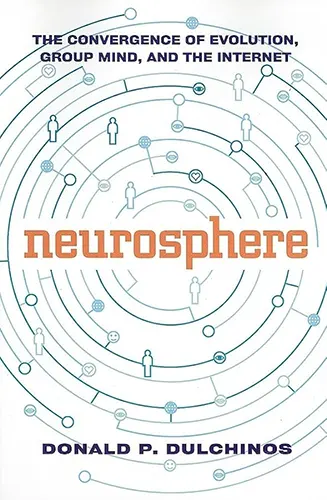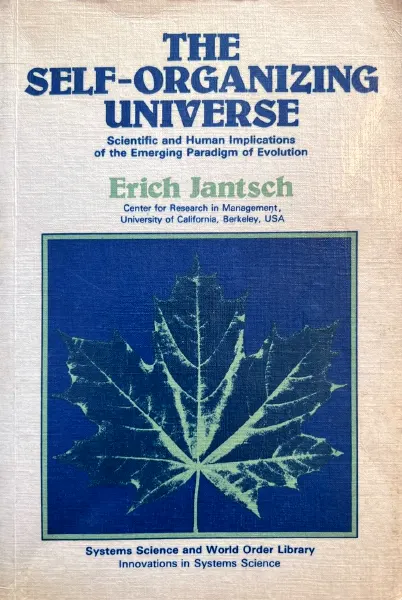The Library of Consciousness
of Consciousness

Neurosphere
According to Donald Dulchinos, the real action on the Internet isn’t in the realm of commerce. It is, plain and simple, in the realm of religion. But not exactly that old-time religion. This book is about the spiritual impact of our increasing ability to communicate quickly and with enhanced evolution. It's about our search for meaning, our hunger for a glimpse at humanity's future development in which, frighteningly or excitingly, the trend is clearly toward increasing integration of telecommunications and information technology with the body itself. Electronic prosthetics, direct neural implants, and the brain's control of electronic and mechanical limbs move the boundary that used to exist between human and machine to some undefined frontier inside our bodies, our brains, and, perhaps, our minds.

The Self-Organizing Universe
The evolution of the universe—ranging from cosmic and biological to sociocultural evolution—is viewed in terms of the unifying paradigm of self-organization. The contours of this paradigm emerge from the synthesis of a number of important concepts, and provide a scientific foundation to a new world-view which emphasizes process over structure, nonequilibrium over equilibrium, evolution over permanency, and individual creativity over collective stabilization. The book, with its emphasis on the interaction of microstructures with the entire biosphere, ecosystems etc., and on how micro- and macrocosmos mutually create the conditions for their further evolution, provides a comprehensive framework for a deeper understanding of human creativity in a time of transition.